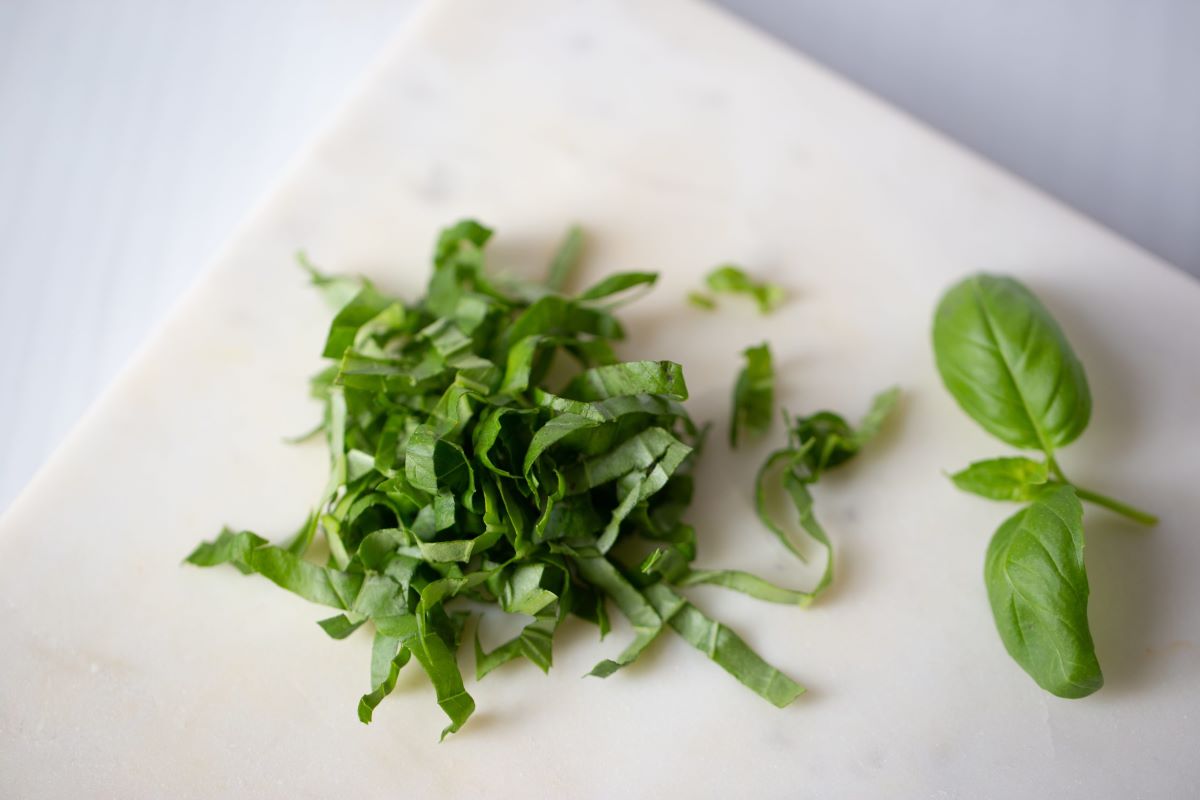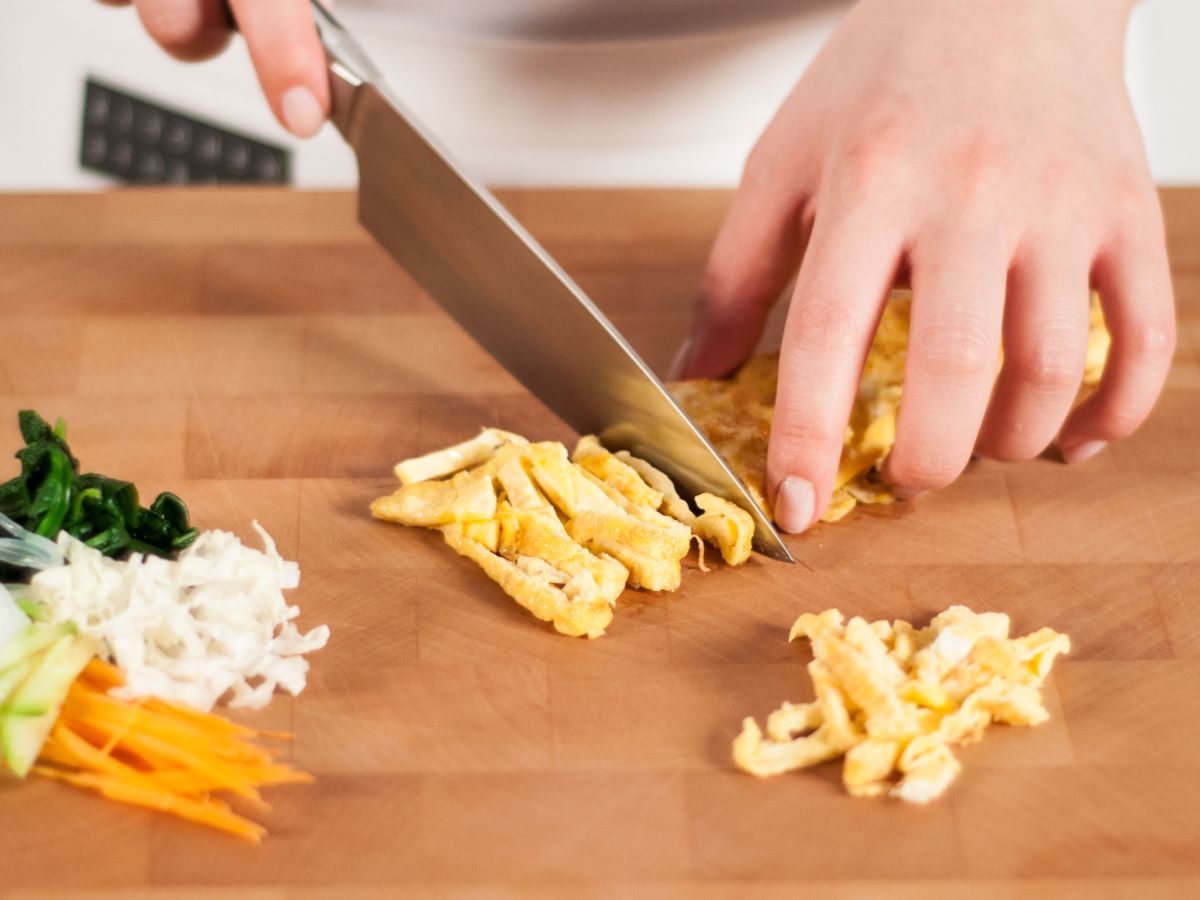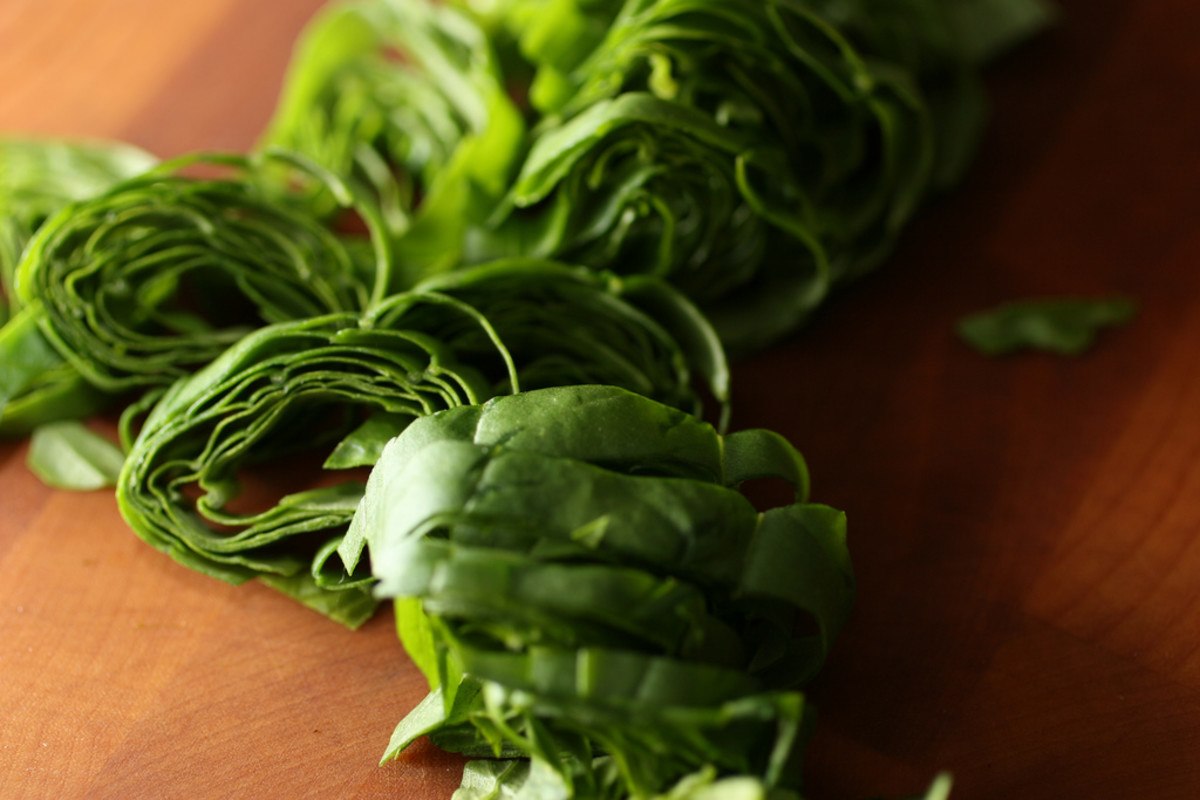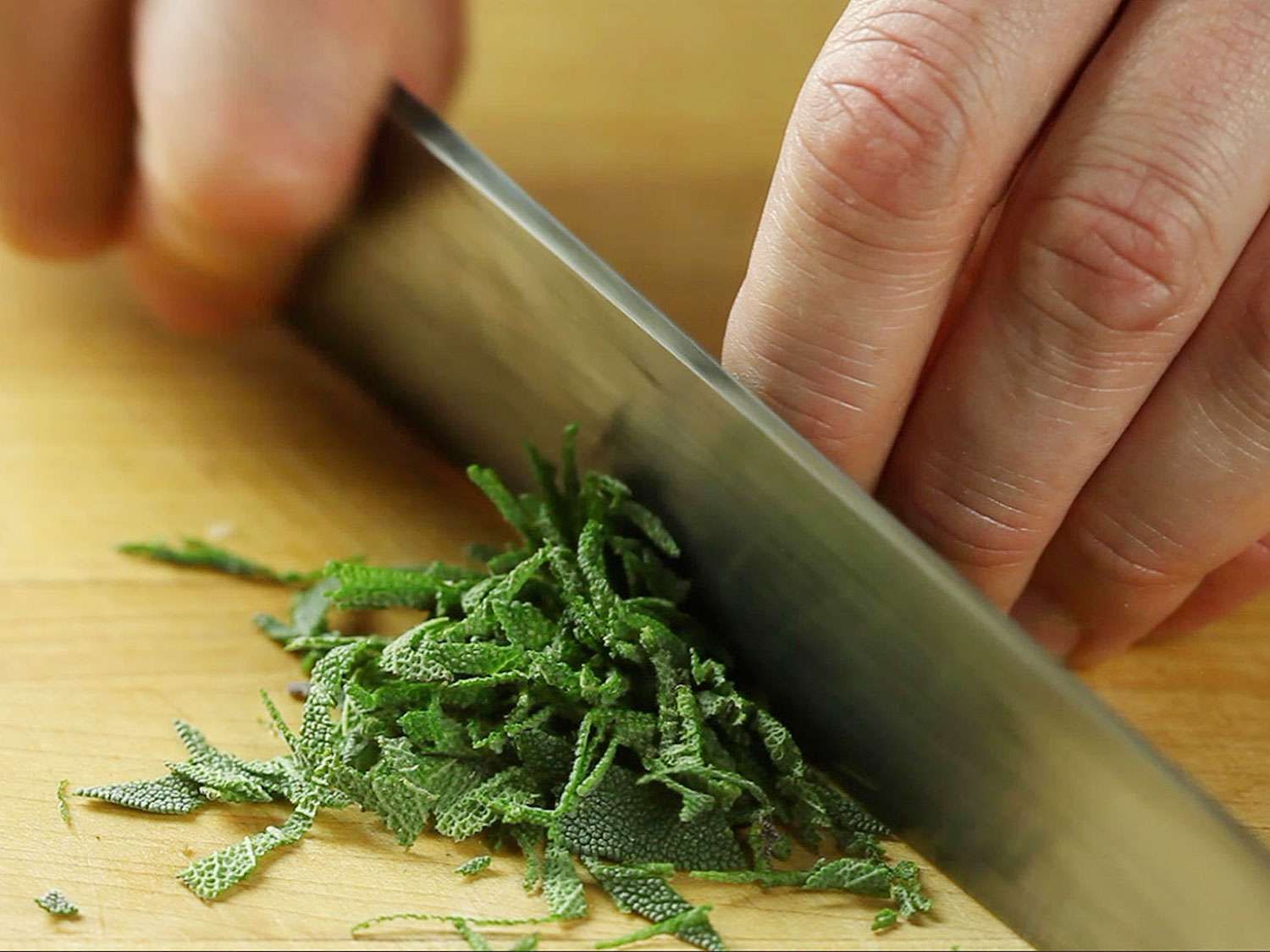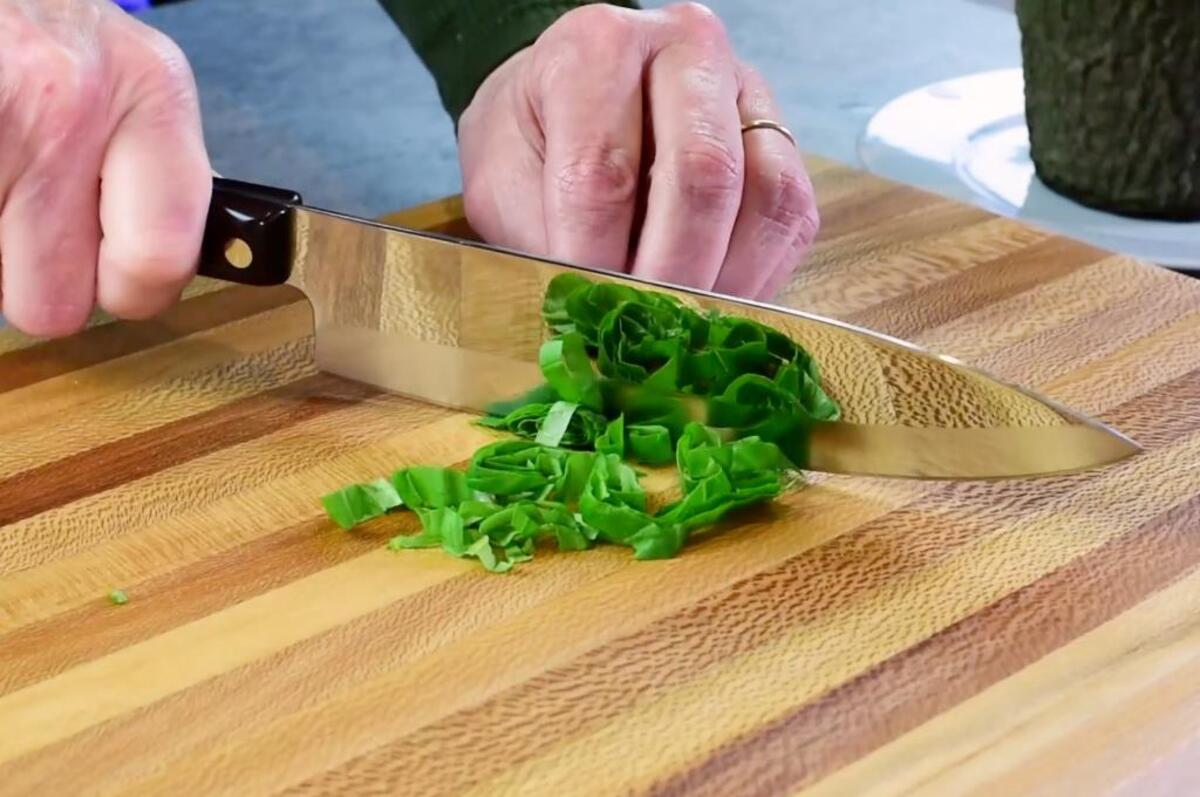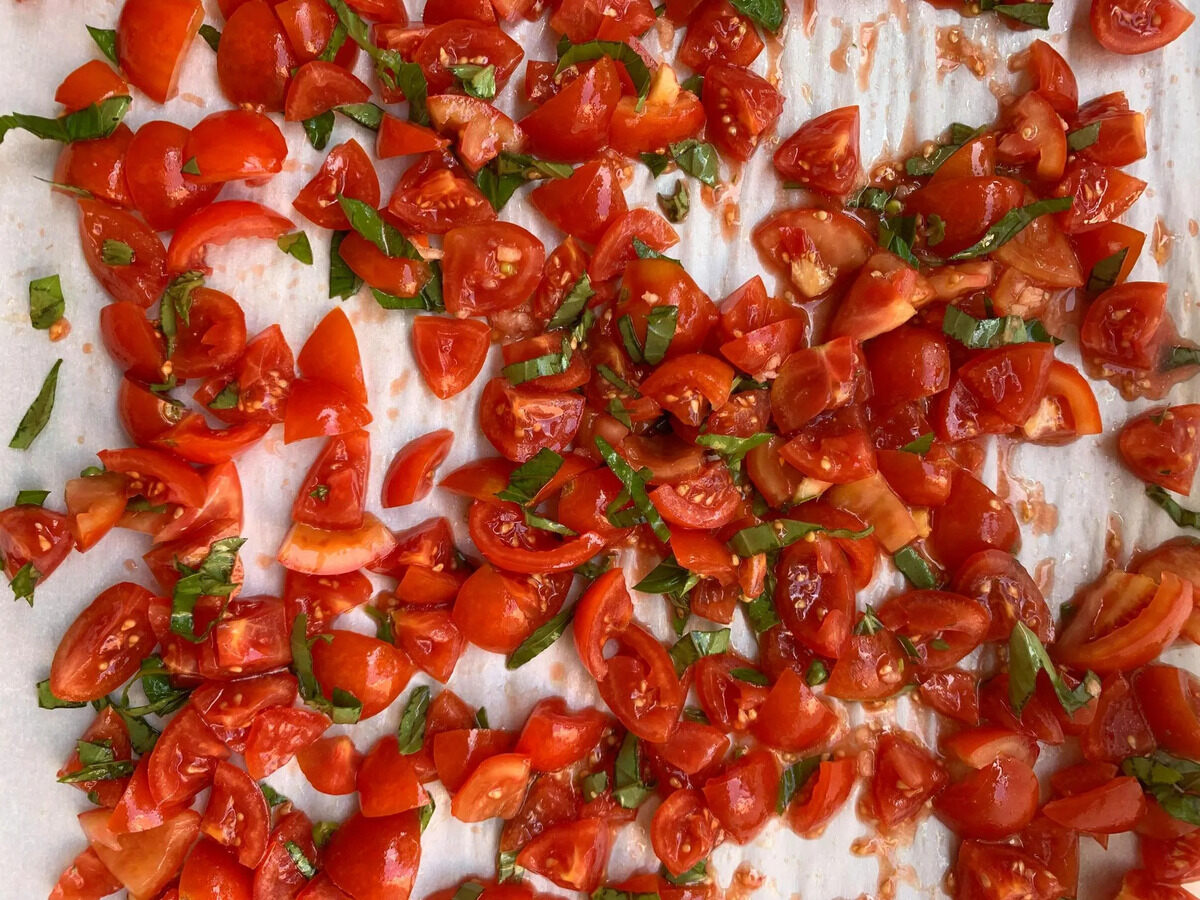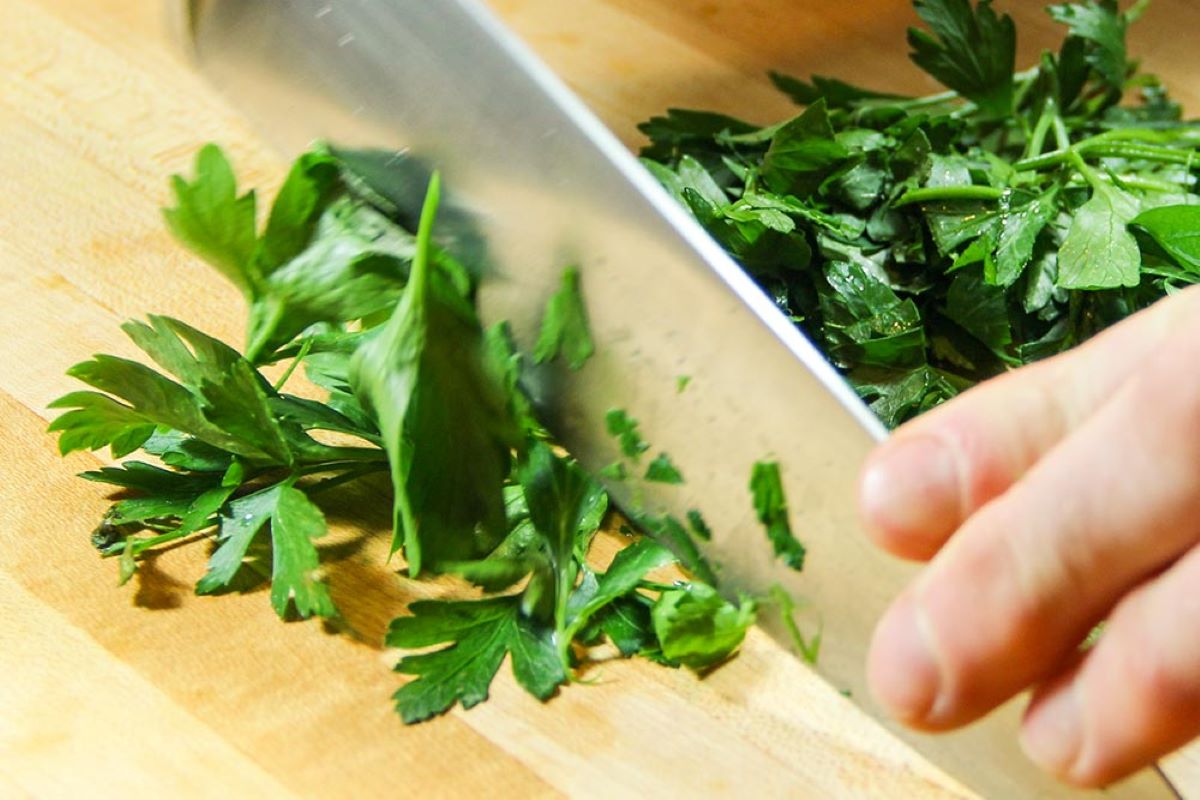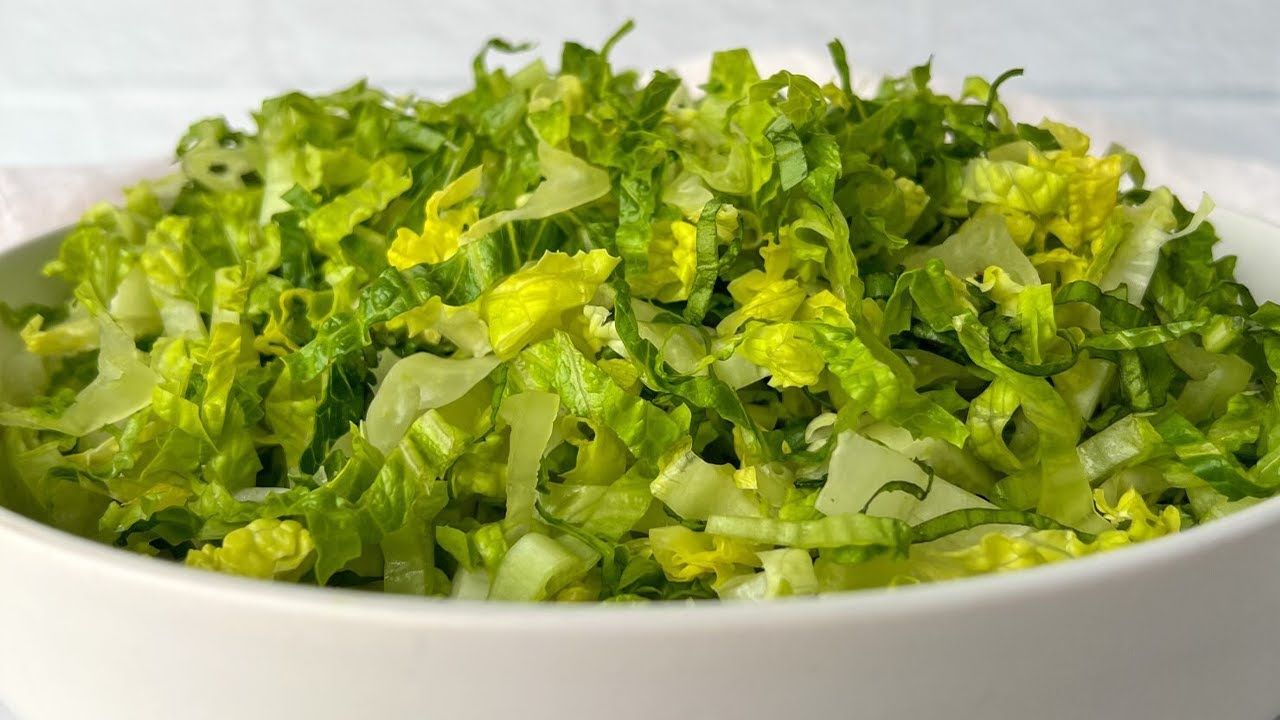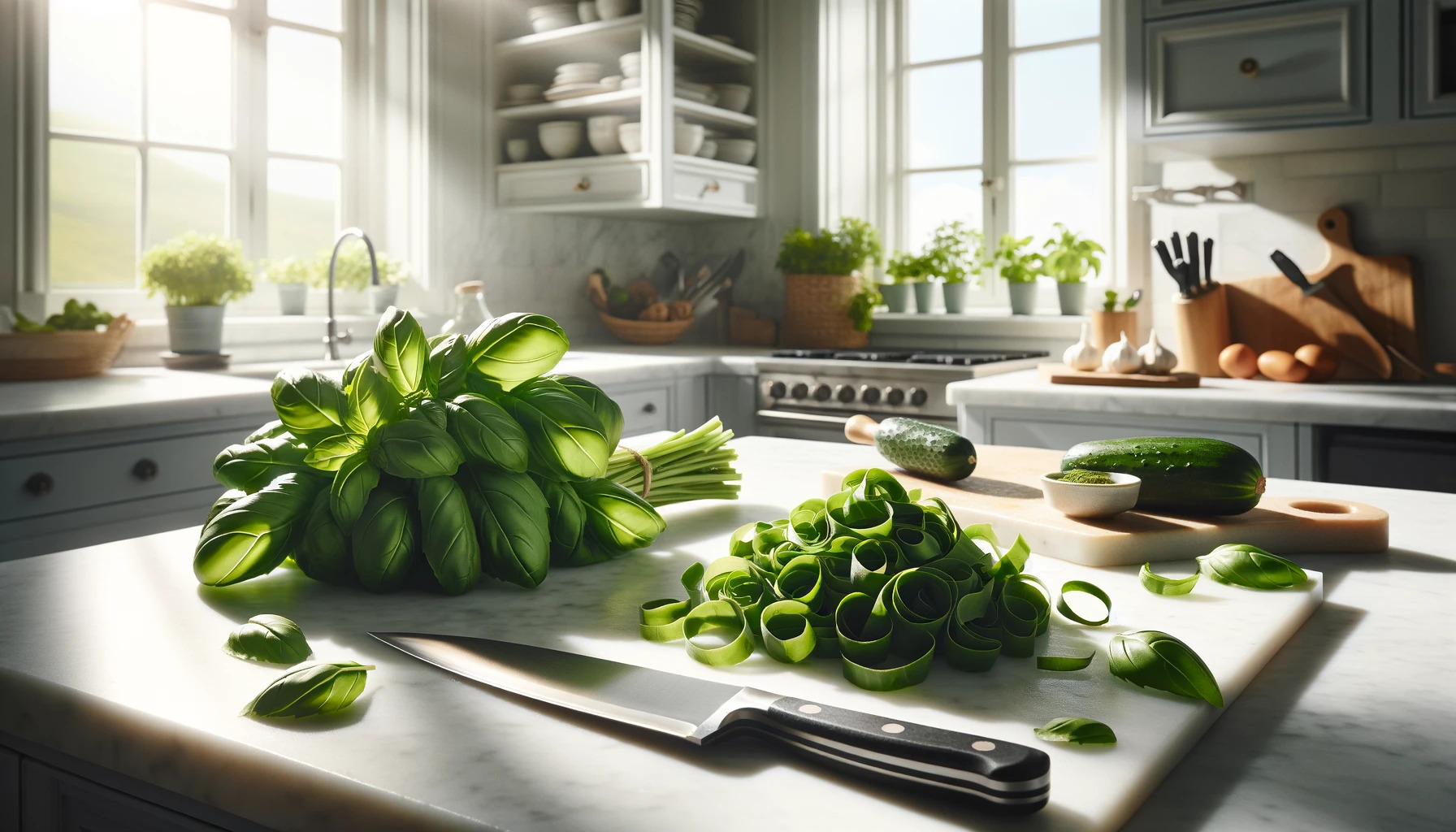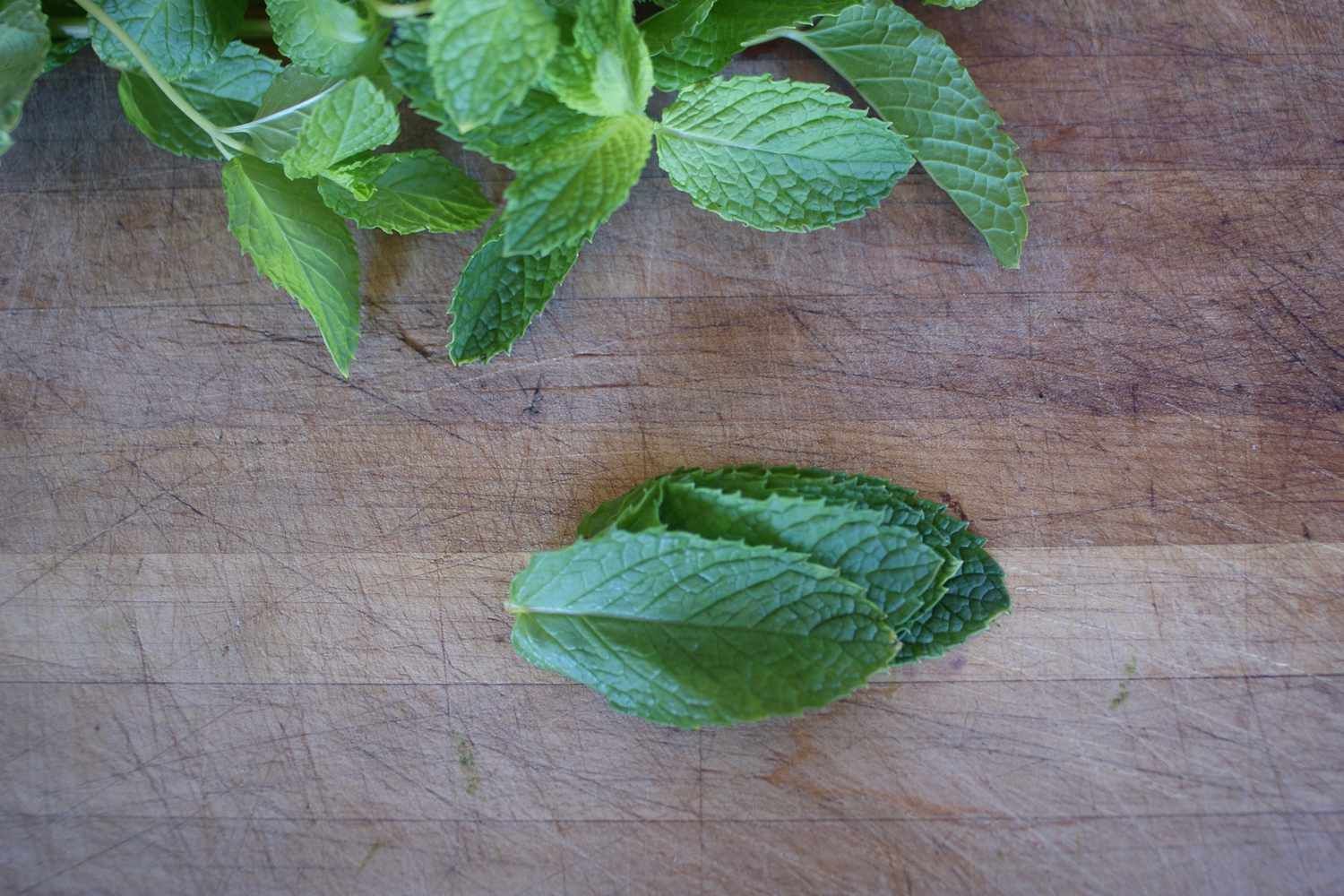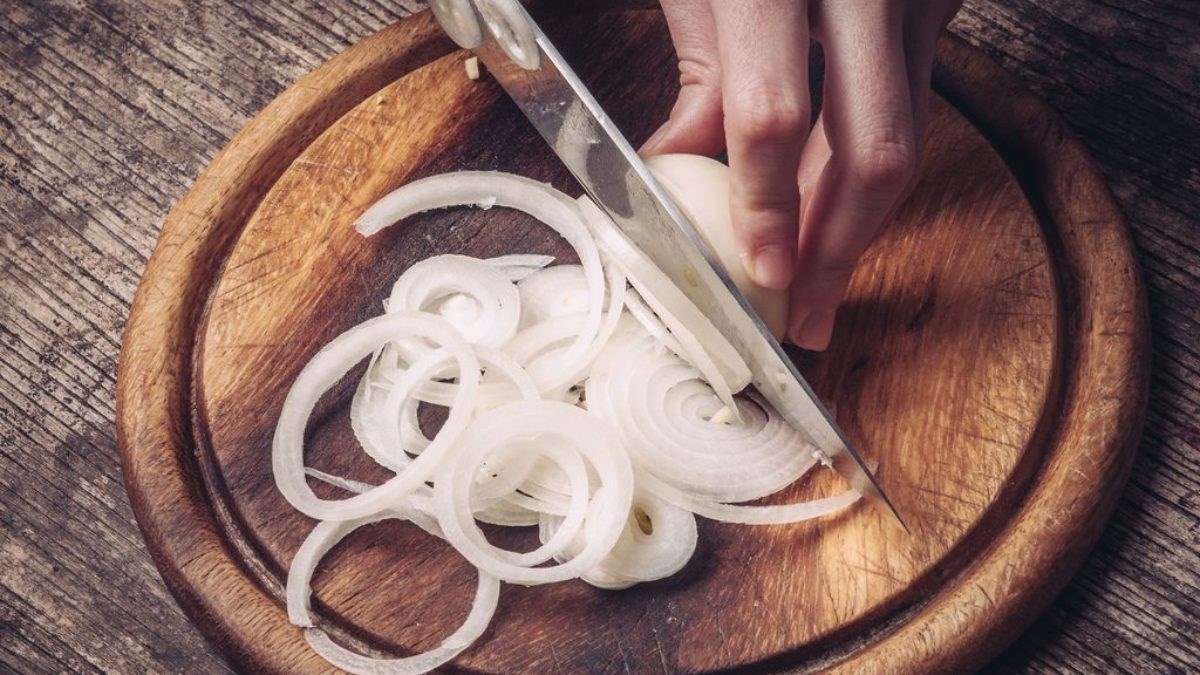Mastering the Art of Chiffonade: Elevate Your Culinary Skills
Welcome to the wonderful world of chiffonade! If you’re looking to add a touch of elegance and flavor to your dishes, mastering the art of chiffonade is a must. This technique is particularly useful when working with herbs, as it allows you to create delicate, ribbon-like strips that not only look beautiful but also release the herbs’ flavors in a subtle and consistent manner. In this guide, we’ll walk you through the steps to achieve the perfect chiffonade, ensuring that your dishes not only taste amazing but also look like they’ve been prepared by a professional chef.
Choosing the Right Herbs
Before you start chiffonading, it’s important to select the right herbs. While many herbs can be chiffonaded, some of the most popular choices include:
- Basil: Known for its sweet and slightly peppery flavor, basil chiffonade is a great addition to pasta dishes, salads, and soups.
- Mint: With its refreshing and aromatic qualities, mint chiffonade is perfect for adding a burst of flavor to desserts, cocktails, and savory dishes.
- Sage: This herb’s earthy and slightly peppery flavor makes it a great candidate for chiffonade, especially when used in dishes featuring poultry or winter squash.
Preparing the Herbs
Once you’ve chosen your herbs, it’s time to prepare them for chiffonade. Follow these simple steps to ensure that your herbs are ready to be transformed into elegant ribbons:
- Wash and Dry: Start by washing the herbs thoroughly to remove any dirt or impurities. Once washed, gently pat them dry with a clean kitchen towel or paper towel.
- Remove Stems: If your herbs have stems, carefully remove them, as they can be tough and detract from the delicate texture of the chiffonade.
Chiffonading Like a Pro
Now that your herbs are prepped and ready, it’s time to chiffonade like a pro. Follow these steps for flawless results:
- Stack the Leaves: Arrange the herb leaves into a neat stack, ensuring that they are aligned as evenly as possible.
- Roll the Stack: Starting from one end, gently roll the stack of leaves into a tight cylinder. This will make it easier to create uniform ribbons.
- Slice the Roll: Using a sharp knife, carefully slice the rolled herbs into thin, ribbon-like strips. Take your time and use a smooth, gliding motion to achieve the perfect chiffonade.
Utilizing Chiffonade in Your Dishes
Now that you’ve mastered the art of chiffonade, it’s time to put your newfound skills to use. Whether you’re adding a sprinkle of basil chiffonade to a Caprese salad or garnishing a dessert with a touch of mint chiffonade, the possibilities are endless. Experiment with different herbs and dishes to discover the delightful impact that chiffonade can have on your culinary creations.
So, there you have it – a comprehensive guide to chiffonading herbs like a pro. With a little practice and patience, you’ll soon be impressing your family and friends with your beautifully chiffonaded herbs and the incredible flavors they bring to your dishes. Happy chiffonading!
Was this page helpful?
Read Next: How To Chiffonade Prosciutto

